 W
WJohn 'Black Jack' Anderson was an African-American sealer and pirate active in the Recherche Archipelago off the south coast of Western Australia.
 W
WCarsten Egeberg Borchgrevink was an Anglo-Norwegian polar explorer and a pioneer of modern Antarctic travel. He was the precursor of Sir Robert Falcon Scott, Sir Ernest Shackleton, Roald Amundsen, and others associated with the Heroic Age of Antarctic Exploration. From 1898 to 1900, he led the British-financed Southern Cross expedition, which established a new Farthest South record at 78° 50'S.
 W
WPeter Andreas Severinsson Brandal was a Norwegian sealer and businessman. He was one of the founders of the community of Ny-Ålesund on the island of Spitsbergen in Svalbard, Norway.
 W
WHenrik Johan Bull was a Norwegian businessman and whaler. Henry Bull was one of the pioneers in the exploration of Antarctica.
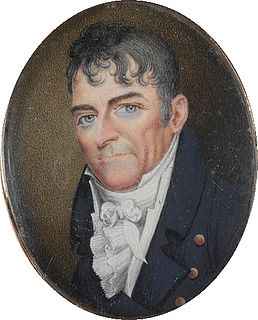 W
WEber Bunker (1761–1836) was a sea captain and pastoralist, and he was born on 7 March 1761 at Plymouth, Massachusetts. He commanded one of the first vessels to go whaling and sealing off the coast of Australia. His parents were James Bunker and his wife Hannah, née Shurtleff.
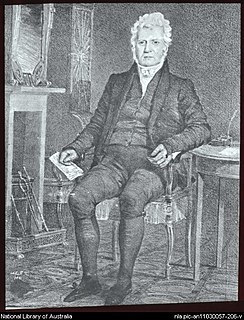 W
WRobert Campbell (1769–1846) was a merchant and politician in Sydney. He was a member of the first New South Wales Legislative Council. Campbell, a suburb of Canberra was named in his honour.
 W
WWilliam Lodewyk Crowther FRCS was an Australian politician, who was Premier of Tasmania from 20 December 1878 to 29 October 1879.
 W
WWilliam Dutton, known as "Captain Dutton", was a whaler and seaman remembered as a pioneer of Portland, Victoria. Posthumously he has been referred to as "William Pelham Dutton".
 W
WMayhew Folger was an American whaler who captained the sealing ship Topaz that rediscovered the Pitcairn Islands in 1808, while one of HMS Bounty's mutineers was still living.
 W
WSvend Foyn was a Norwegian whaling, shipping magnate and philanthropist. He pioneered revolutionary methods for hunting and processing whales. Svend Foyn introduced the modern harpoon cannon and brought whaling into a modern age. He is also recognized as a pioneer who introduced sealing to Vestfold County.
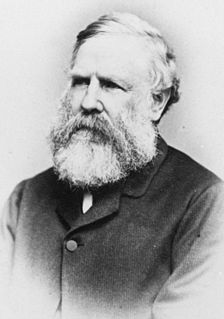 W
WCaptain John Hart CMG was a South Australian politician and a Premier of South Australia.
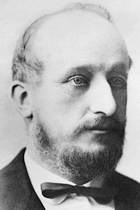 W
WJoseph Hatch was a New Zealand politician who is best remembered for the harvesting of penguins and elephant seals for their oil on the sub-Antarctic Macquarie Island from 1890 to 1919. Around two million penguins were killed over nearly three decades. His company, J. Hatch & Co., was based in Invercargill, New Zealand, and then Hobart, Tasmania, where he is buried.
 W
WJohn Sen Inches Thomson (1844–1933), was a Scottish whaler and sealer, ship owner, captain, inventor and author. In 1877, Inches Thomson and his crew were sailing on the Bencleugh when she shipwrecked during a terrific gale off Macquarie Island, Tasmania, Australia. After four months on the island the crew was rescued by the Bencleugh's sister ship, Friendship. In 1912, Inches Thomson released a book detailing the highlights of his sea voyages, including his time as a castaway.
 W
WWilliam Jackman was a Newfoundland sealing captain and sailing master.
 W
WJohn "Johnny" Jones was a trader and settler in New Zealand.
 W
WJørgen Jørgensen was a Danish adventurer during the Age of Revolution. During the action of 2 March 1808 his ship was captured by the British. In 1809 he sailed to Iceland, declared the country independent from Denmark and pronounced himself its ruler. He intended to found a new republic, following the examples of the United States and the French First Republic. He was also a prolific writer of letters, papers, pamphlets and newspaper articles covering a wide variety of subjects, and for a period was an associate of the famous botanists Joseph Banks and William Jackson Hooker. He left over a hundred written autographs and drawings, most of which are collected in the British Library. Marcus Clarke referred to Jørgensen as "a singularly accomplished fortune wooer—one of the most interesting human comets recorded in history".
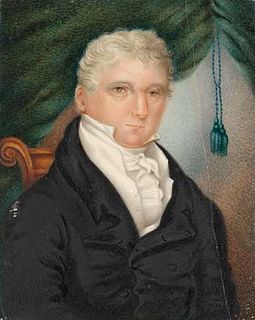 W
WSimeon Lord was a pioneer merchant and a magistrate in Australia. He became a prominent trader in Sydney, buying and selling ship cargoes. Despite being an emancipist Lord was made a magistrate by Governor Lachlan Macquarie, and he became a frequent guest at government house. His business dealings were extensive. He became one of Sydney's wealthiest men. He was at various times a retailer, auctioneer, sealer, pastoralist, timber merchant and manufacturer. He is mentioned in many Australian History books, in particular regarding his status as an emancipist.
 W
WNathaniel Brown Palmer was an American seal hunter, explorer, sailing captain, and ship designer. He gave his name to Palmer Land, Antarctica, which he explored in 1820 on his sloop Hero. He was born in Stonington, Connecticut, and was a descendant of Walter Palmer, one of the town's founders.
 W
WGeorge Powell (1794–1824) was an English sealer, explorer and amateur naturalist. He captained three sealing expeditions to the Antarctic Ocean between 1818 and 1822.
 W
WCharles Melville Scammon (1825–1911) was a 19th-century whaleman, naturalist, and author. He was the first to hunt the gray whales of both Laguna Ojo de Liebre and San Ignacio Lagoon, the former once being called "Scammon's Lagoon" after him. In 1874 he wrote the book The Marine Mammals of the North-western Coast of North America, which was a financial failure. It is now considered a classic.
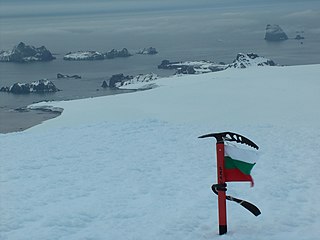 W
WWilliam Smith was an English captain born in Blyth, Northumberland, who discovered the South Shetland Islands, an archipelago off the Graham Land in Antarctica. His discovery was the first ever made south of 60° south latitude, in the present Antarctic Treaty area.
 W
WJames Weddell was a British sailor, navigator and seal hunter who in February 1823 sailed to latitude of 74° 15′ S—a record 7.69 degrees or 532 statute miles south of the Antarctic Circle—and into a region of the Southern Ocean that later became known as the Weddell Sea.